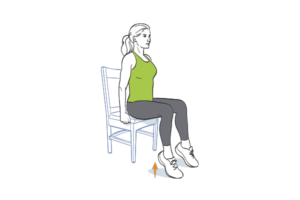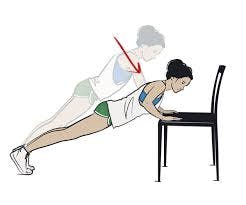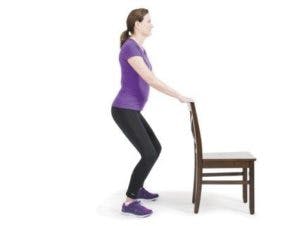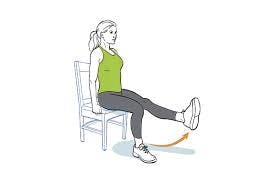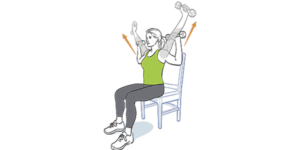“Arthritis” is a term used to describe inflammation of the joints.
Osteoarthritis (OA) is the most common form of arthritis and usually is caused by the deterioration of a joint. Typically, the weight-bearing joints are affected, with the knee and the hip being the most common.
Rheumatoid arthritis (RA) is a chronic inflammatory disease. It affects about 1% of the population. RA often results in pain and inflammation in joints on both sides of the body. In some people, it can become disabling due to its effect on the immune system.
What is Osteoarthritis?
Your bones are connected at joints such as the hip and knee. A rubbery substance called cartilage coats the bones at these joints and helps reduce friction when you move. A protective oily substance called synovial fluid is also contained within the joint, helping to ease movement. When these protective coverings break down, the bones begin to rub together during movement. This can cause pain, and the process itself can lead to more damage in the remaining cartilage and the bones themselves.
The cause of OA is unknown. Current research points to aging as the main cause. Factors that may increase your risk for OA include:
- Age. Growing older increases your risk for developing OA because degeneration and aging of the cartilage and synovial fluid increases over time.
- Genetics. Research indicates that some people’s bodies have difficulty forming cartilage. Individuals can pass this problem on to their children.
- Past injury. Individuals with prior injury to a specific joint, especially a weight-bearing joint (such as the hip or knee), are at increased risk for developing OA.
- Occupation. Jobs that require repetitive squatting, bending, and twisting (eg, construction, landscaping, childcare) are risk factors for OA. People who perform jobs that require prolonged kneeling (eg, miners, flooring specialists) also are at high risk.
- Sports. Athletes who repeatedly use a specific joint in extreme ways (eg, pitchers, football linemen, ballet dancers, runners) and those who engage in high-impact joint loading done in a repetitive manner (eg, running, jumping, landing on hard surfaces) may increase their risk for developing OA later in life.
- Obesity. Being overweight causes increased stress to the weight-bearing joints (such as knees), increasing the risk for development of OA.
How Does It Feel?
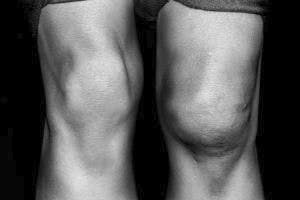
Typically, OA causes pain and stiffness in the affected joint. Common symptoms include:
- Stiffness in the joint, especially in the morning, which eases in less than 30 minutes
- Stiffness in the joint after sitting or lying down for long periods
- Pain during activity that is relieved by rest
- Cracking, creaking, crunching, or other types of joint noise
- Pain when you press on the joint
- Increased bone growth around the joint that you may be able to feel
Caution: Swelling and warmth around the joint is not usually seen with OA and may indicate a different condition or signs of inflammation. Please consult a doctor if you have swelling, redness, and warmth in or around a joint.
What Is Rheumatoid Arthritis?
RA is an autoimmune disease — a condition where the body’s immune system attacks its own tissues. It affects the soft tissues around joints. Fluid builds up in the affected joints, causing pain, stiffness, and inflammation. The exact cause of RA is unknown. RA may be related to a combination of genetics and environmental or hormonal factors.
Women are more likely to develop the disease and are diagnosed with RA three times more often than men. Although RA may begin at any age, most research suggests it usually occurs in midlife.
How Does It Feel?
RA symptoms can flare up and then quiet down (go into remission). Research shows that early diagnosis and treatment is important for easing symptoms and flare-ups.
People with RA may experience:
- Stiff joints that feel worse in the morning.
- Painful and swollen joints on both sides of the body. Symptoms often start with smaller joints like those in the fingers. Over time, larger joints, such as knees and ankles, also can be affected.
- Bouts of fatigue and general discomfort.
- Low-grade fever.
- Loss of joint function or range of motion (movement).
- Redness, warmth, and tenderness in the joint areas.
sources:
https://www.choosept.com/symptomsconditionsdetail/physical-therapy-guide-to-osteoarthritis

